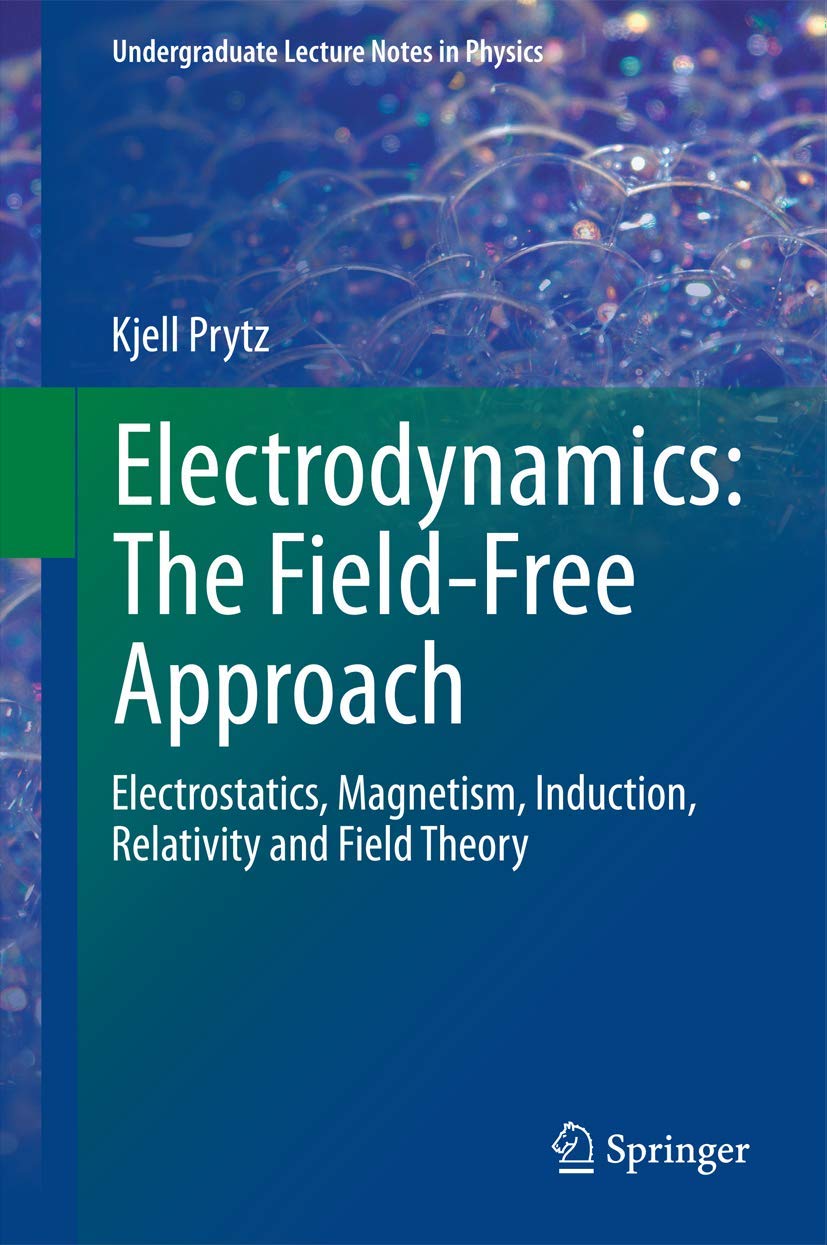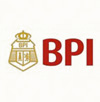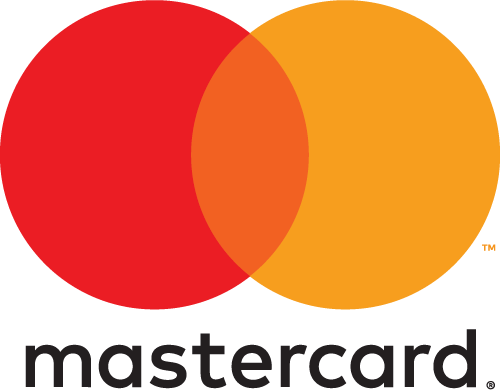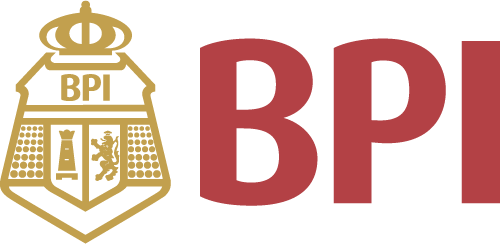All Categories


Electrodynamics: The Field-Free Approach: Electrostatics, Magnetism, Induction, Relativity and Field Theory (Undergraduate Lecture Notes in Physics)
Share Tweet
Get it between 2025-11-03 to 2025-11-10. Additional 3 business days for provincial shipping.
*Price and Stocks may change without prior notice
*Packaging of actual item may differ from photo shown
- Electrical items MAY be 110 volts.
- 7 Day Return Policy
- All products are genuine and original
- Cash On Delivery/Cash Upon Pickup Available








About Electrodynamics: The Field-Free
This book is intended as an undergraduate textbook in electrodynamics at basic or advanced level. The objective is to attain a general understanding of the electrodynamic theory and its basic experiments and phenomena in order to form a foundation for further studies in the engineering sciences as well as in modern quantum physics. The outline of the book is obtained from the following principles: • Base the theory on the concept of force and mutual interaction • Connect the theory to experiments and observations accessible to the student • Treat the electric, magnetic and inductive phenomena cohesively with respect to force, energy, dipoles and material • Present electrodynamics using the same principles as in the preceding mechanics course • Aim at explaining that theory of relativity is based on the magnetic effect • Introduce field theory after the basic phenomena have been explored in terms of force Although electrodynamics is described in this book from its 1st principles, prior knowledge of about one semester of university studies in mathematics and physics is required, including vector algebra, integral and differential calculus as well as a course in mechanics, treating Newton’s laws and the energy principle. The target groups are physics and engineering students, as well as professionals in the field, such as high school teachers and employees in the telecom industry. Chemistry and computer science students may also benefit from the book.





















